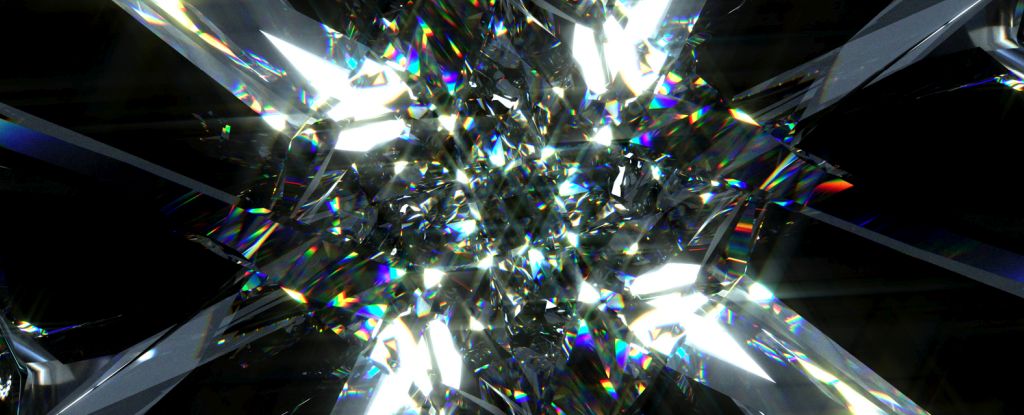
Of all the eccentricities of the quantum realm, time crystals—atomic arrangements that repeat certain motions over time—might be some of the weirdest.
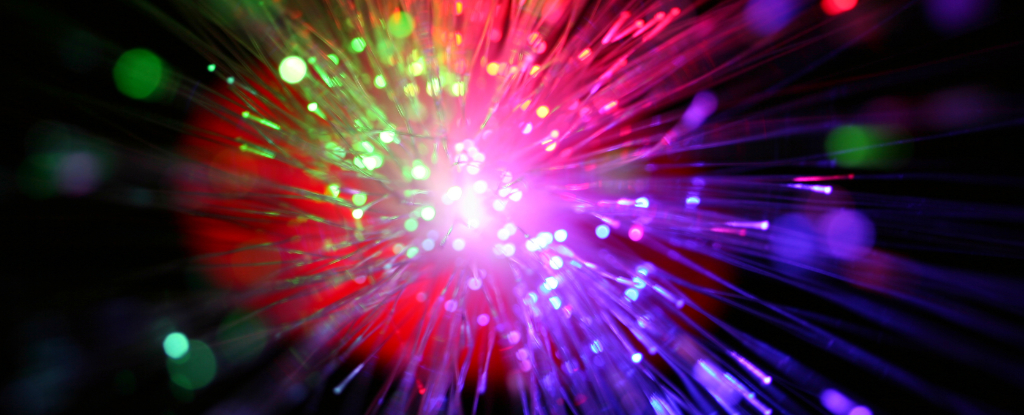
A paradox at the heart of quantum physics has been tested in an extraordinary fashion, pushing the boundaries of human intuition beyond breaking point by measuring a pulse of light in 37 dimensions.
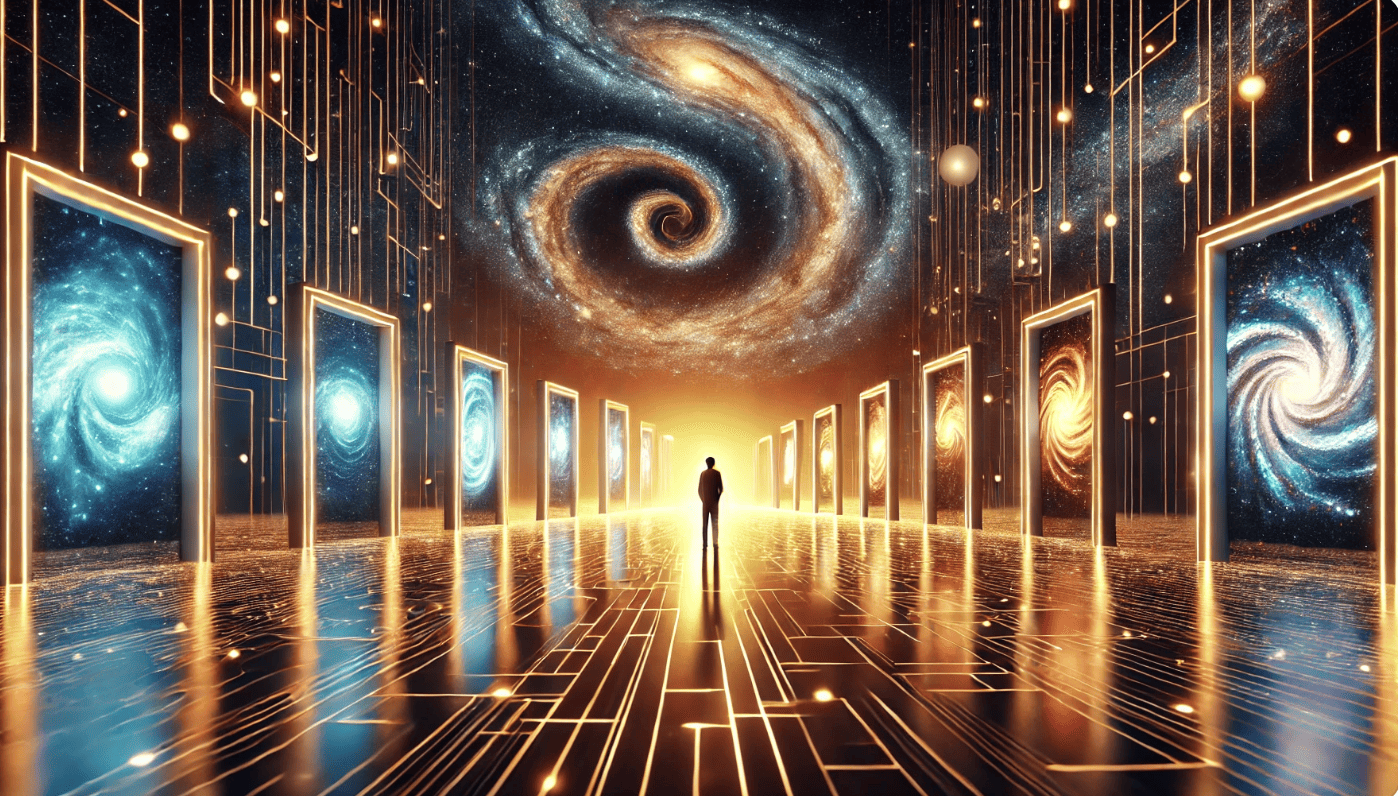
Google’s latest quantum computer chip, which the team dubbed Willow, has ignited a heated debate in the scientific community over the existence of parallel universes.
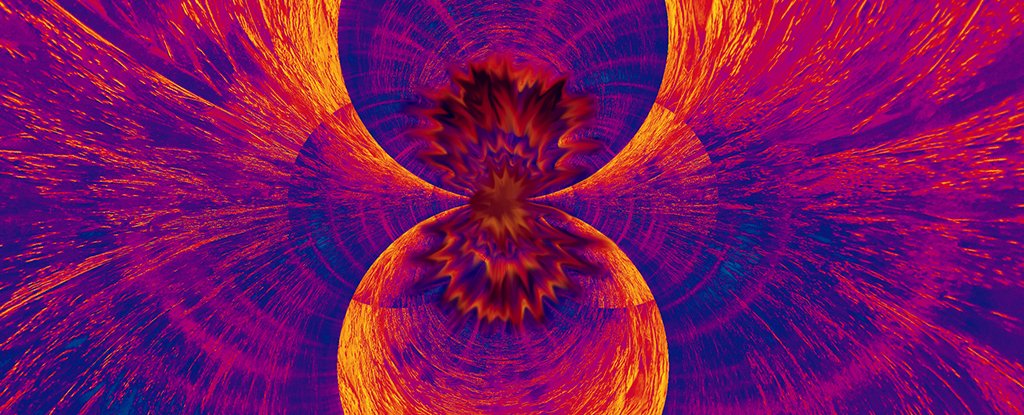
A year after all but ruling out the possibility, a pair of theoretical physicists from Japan and the Netherlands have found quantum entanglement has something fundamentally in common with the physics that drives steam engines.
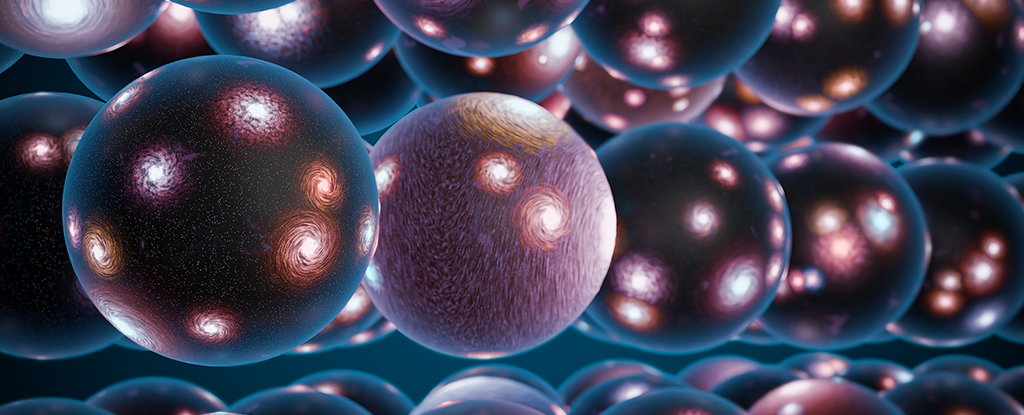
Not only does God play dice, that great big casino of quantum physics could have far more rooms than we ever imagined. An infinite number more, in fact.

For the first time, scientists have measured the positions of individual atoms in 3D space in a single image, opening up a new way of observing quantum interactions in materials.

Researchers have successfully extended the lifespan of time crystals, confirming a theoretical concept proposed by Frank Wilczek. This marks a significant step forward in quantum physics.

In a study that could help fill some holes in quantum theory, the U.S. team recreated a "quantum bomb tester" in a classical droplet test.

The scientists hope the breakthrough is the start of a new era. Though this experiment was performed with simple, two-atom molecules, they plan to work their way up to handling larger and more complex molecules.

International researchers have manipulated small numbers of bound photons, scattering off an artificial atom. This unprecedented achievement represents an important landmark in the development of quantum technologies.

The novel technique differs from the most familiar ways of keeping time because it is not anchored to a “time zero” that marks the start of a recorded period.

Using the powerful Relativistic Heavy Ion Collider (RHIC) in US. scientists have shown how it's possible to glean precise details on the arrangement of gold's protons and neutrons using a kind of quantum interference never before seen in an experiment.

Quantum brain processes could explain why we can still outperform supercomputers when it comes to unforeseen circumstances, decision making, or learning something new, while the discovery may also shed light on consciousness.

The Nobel Prize for Physics 2022 has been awarded to three physicists working on quantum mechanics - Alain Aspect from France, John Clauser from the United States and Anton Zeilinger from Austria.

A new method for entwining the fates of fragments of light has overcome some serious obstacles on the road to photon-based quantum computing.